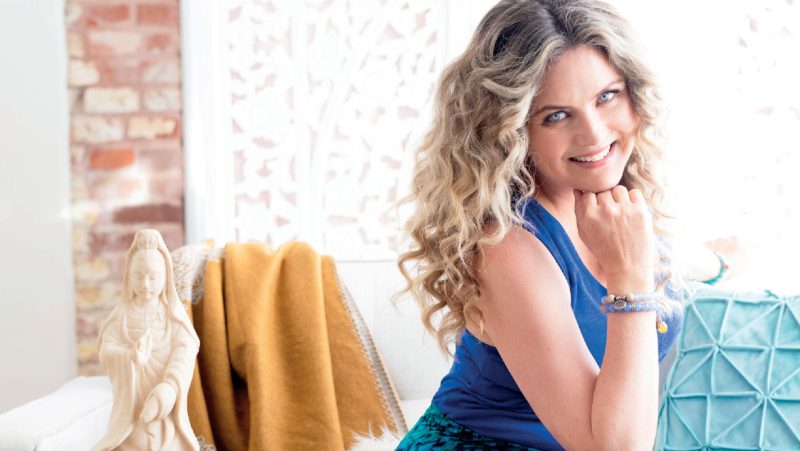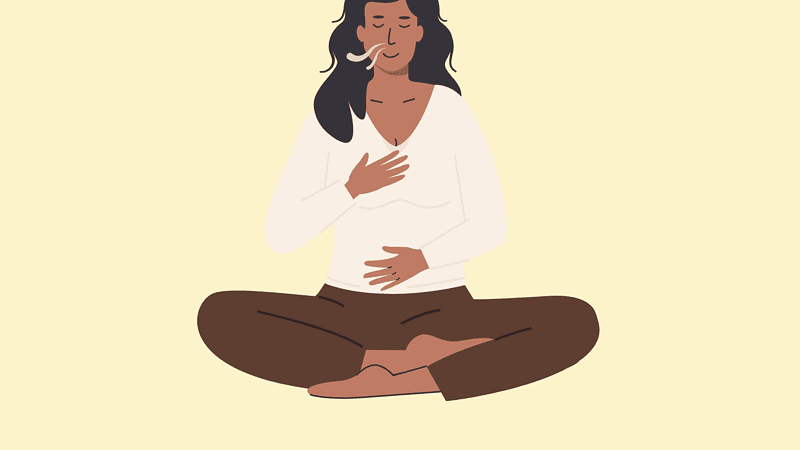
4 Mindfulness Strategies to Support You on Your Path
Mindfulness Strategies for Cultivating Compassion, Clarity, and Inner Peace - By Kim Nicole
Reading time: 3 minutes
I have walked this path of self-discovery for some time now. More than just a mere destination. It has been an experience of quiet wisdom, kindness, and joy. I find myself truly in the now. Giving myself permission to lean into the challenges of life with a compassionate heart and a non-judgmental attitude. This path has gifted me a deep sense of freedom, abundance, and peace with every breath I take.
Here are 4 mindfulness* strategies that have nourished my growth and supported my path into one of success.
1. Listen to Your Quiet Wisdom & Trust the Authority Within Yourself
Many of us have been conditioned to rely upon the wisdom of others. Wisdom from our family and friends, education and employment, social media and government, and much more. Rather than entrusting your complete self to these outside influences, what if you began to look inward for guidance?
There is an energy within you. A quiet wisdom honoring your wellbeing. Always speaking with a kind and gentle voice. This wisdom cares deeply and will not lead you astray. Fiercely protecting you with compassion. Listen carefully and you will feel it.
Trusting your quiet wisdom creates space for transformation. It knows your needs and understands your suffering. It will be patient with you. When you open your heart to this kind voice, life becomes purposeful. You begin living with discernment and clarity. Fear, anger and anxiety that was once present will dissipate into nothingness. A pathway of hope, confidence, joy, and loving kindness will be inspired.
2. Speak Wisely
The Buddha taught us to be conscious of how we communicate. Speak with purpose and truth. Create harmony with our words. Listen with compassion and empathy. When we speak from an open and pure heart, our words become a gift of peace and joy.
Communication patterns are deep rooted. Our cultural, familial, and other significant environmental influences shape our language. Many of us have developed habitual communication barriers that “just get in the way.” We are unable to have meaningful conversations and connect authentically with one another.
Take a moment to reflect on your own patterns. Do the following sound familiar?
- interrupting while others are speaking
- having to be right all the time
- using sarcasm
- becoming argumentative
- not listening
- speaking in a harsh tone to mock or belittle another
- gossiping
- telling mistruths
How can we begin to communicate mindfully? The following questions are a skill set that can be applied to your daily conversations. Gentle reminder, how you speak to yourself is just as important as how you communicate with others.
- Are you speaking from a place of love and kindness, truth and compassion?
- Are you listening with an open heart?
- Are you fully present in the moment?
- Are you being empathetic?
- Are you self-reflecting before you respond?
- What impact do you want to have?
How we communicate comes with great responsibility. We can choose to create peace and unity or promote fear and division with our words. What will you choose?
3. Sacred Pause
Distractions, pressures, feeling overwhelmed, sleep deprived, unable to catch your breath - does this resonate with you? You are not alone. Life in these modern times feeds into the unhealthy cycle of surviving rather than living. How can you reconnect to your authentic self? Slow down? Remembering the inherent goodness of who you are?
The sacred pause allows you to be in stillness. To self-reflect without judgment. With a kind awareness, you create space to be fully present in the now.
By pausing, you empower yourself to think, speak, and behave with purpose and compassion. Witnessing when you become impulsive, use unwise speech, and disconnect from yourself and others.
This mindfulness practice can become a part of your daily routine. A pausing ritual that I have incorporated into my life is gentle and simple. Centering me in the present moment with ease and kindness.
- discontinue whatever you are doing.
- become physically still and fully present in the now.
- place your hand gently on your body wherever it feels most safe and comfortable.
- close your eyes.
- take a deep breath and release.
I ask myself the following questions:
- what do I need in this moment?
- how am I feeling in this moment?
- how is my breathing in this moment?
- what thoughts am I noticing?
- how does my body feel?
- am I being kind and compassionate to myself?
- can I give myself permission to send loving kindness to myself?
Be purposeful. Act compassionately. Live wisely. This is the sacred pause.
4. Creating Mindful Boundaries with An Open Heart.
People pleasing, feeling responsible for others, hesitancy to say “no”. These patterns can create real harm to oneself. They often appear when we have unhealthy to non-existent boundaries.
Establishing a mindful boundary practice can be empowering. It shows the world who you are. You become more in alignment with your own values and wants. Your thoughts, words, and behaviors become more purposeful. The ability to recognize your limitations and say “no” connects you to your true nature.
If you have not been taught or experienced setting boundaries, it can be challenging and feel extremely uncomfortable. So, where do you begin?
First, with an open heart, self-reflect on the following:
- Recognize your barriers
- often saying yes to people and situations when you really want to say “no”
- compromising your own needs to prioritize others over you
- unable to define your own values
- difficulty making decisions
- passive-aggressive behavior
- resentful of other people asking for your help
- no sense of self
Remember, you are the gatekeeper of your time and energy, and your physical and emotional wellbeing. What do mindful boundaries look like?
The following are boundary examples showing you how to self-protect, create a well-balanced life, and live with the freedom of prioritizing yourself over others.
- Mindful boundaries
- declining anything you do not want to do
- not taking responsibility for others’ emotions
- taking responsibility for your own emotions
- having the right to change your mind
- expressing clear and informed consent
- communicating when your boundaries have been crossed
- respecting the boundaries of others
- setting time aside for self-care
With kindness, patience, and a consistent practice, you will become more confident in creating mindful boundaries. You are creating space to be seen and heard.
As you walk your path of self-discovery, listen to your quiet wisdom and trust the authority within. Speak wisely to yourself and others creating harmony with your words. Learn to sacredly pause throughout your day reminding yourself of how strong and courageous you are. Practice mindful boundaries with an open heart knowing that you are worthy to be seen and heard.
This beautiful and wondrous path of yours is not just a mere destination but a journey of hope, love, empathy, and a quiet wisdom.
*commission earned from this link.





